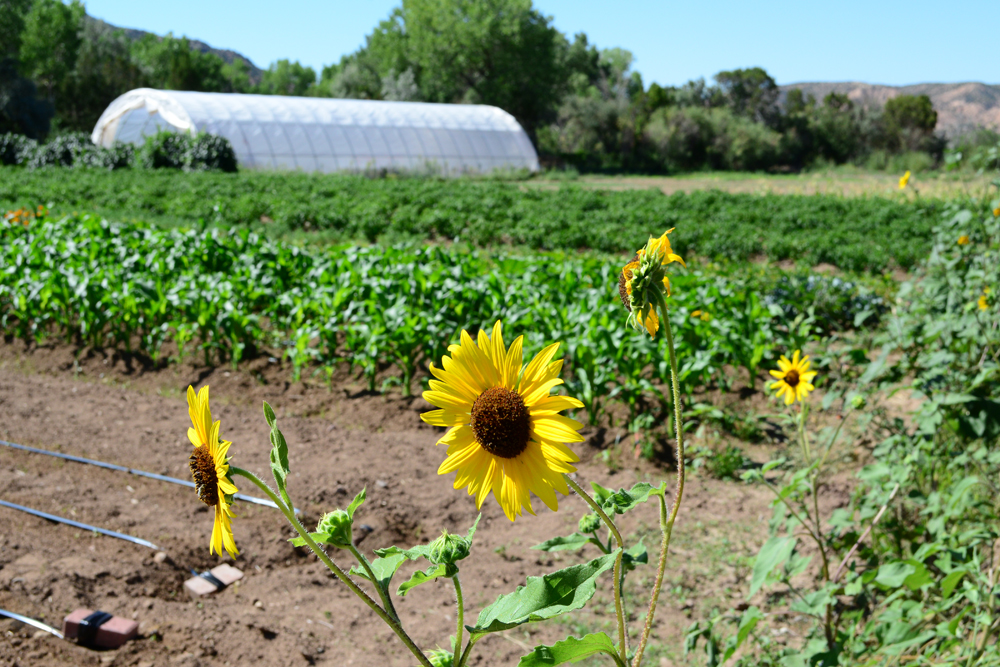
Our nation’s credit and crop insurance programs should work for all farmers and ranchers –including beginning, diverse, organic, small and mid-sized farms.
Farming is a business, and just like any business, farmers need access to financial resources – capital – to grow and build their businesses. Farmers also need an adequate and fair farm safety net to protect against the inherent risks of farming, no matter if they are growing thousands of acres of corn, a few dozen vegetable crops for their local CSA, or mixed grains and livestock on a diversified farm.
Federal policy has historically protected and supported certain kinds of farming – and certain kinds of farmers – very well with commodity subsidy programs and subsidized crop insurance for the most widely grown crops. With help from NSAC, Congress continues to make investments in expanding access to capital and the farm safety net to those who have been underserved by or excluded from traditional farm programs.
This section of our guide provides an overview of the key federal programs authorized by the 2018 Farm Bill focused on opening up capital and the farm safety net to a wider range of farmers, including sustainable and organic farms, diversified farms, beginning and underserved farmers (including military veterans, women, legal immigrants, and farmers of color), and more. It includes programs directly available to producers (like FSA farm loans) as well as programs available to community-based organizations and institutions working on the ground to help farmers access capital and manage risk (like risk management education grants).
